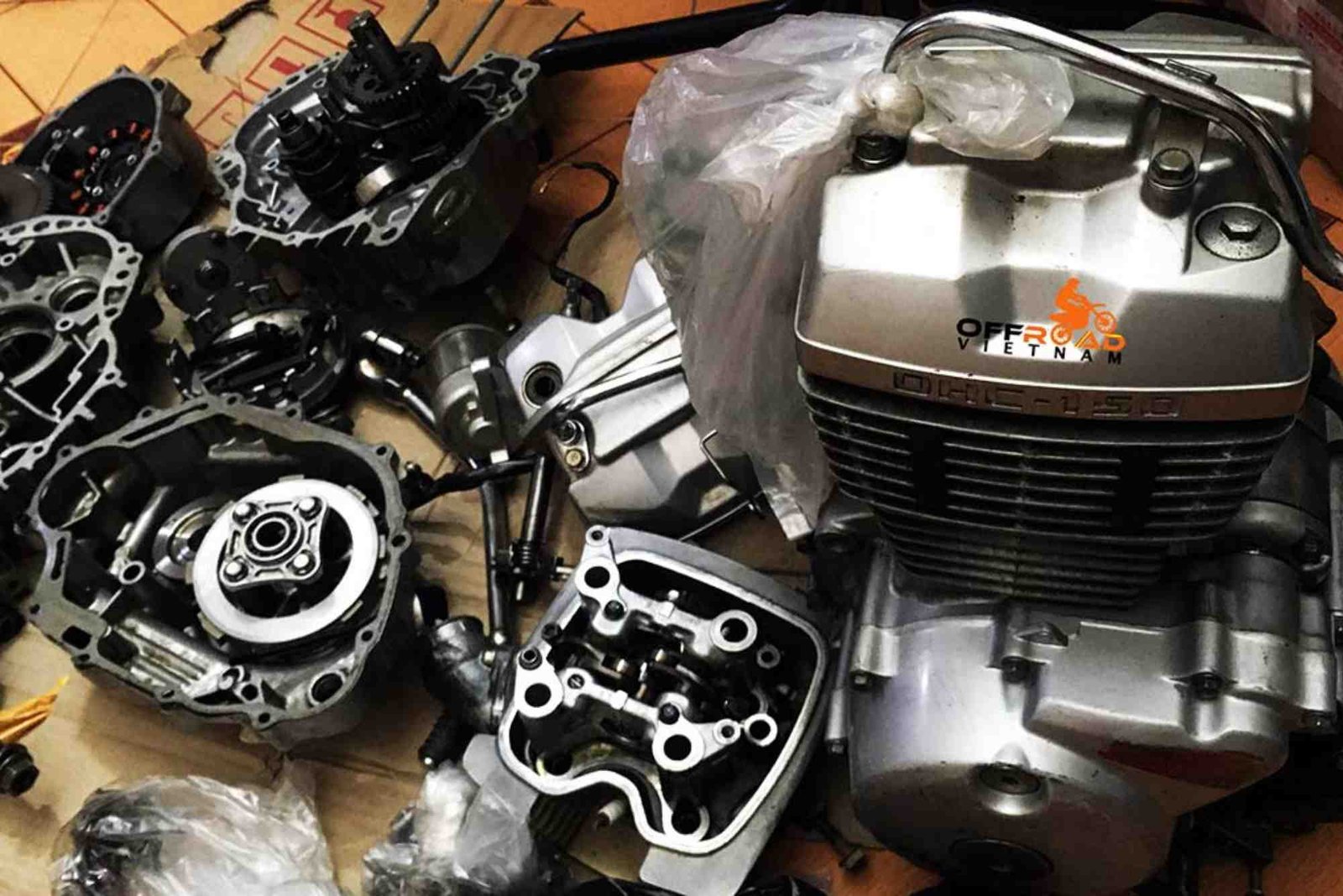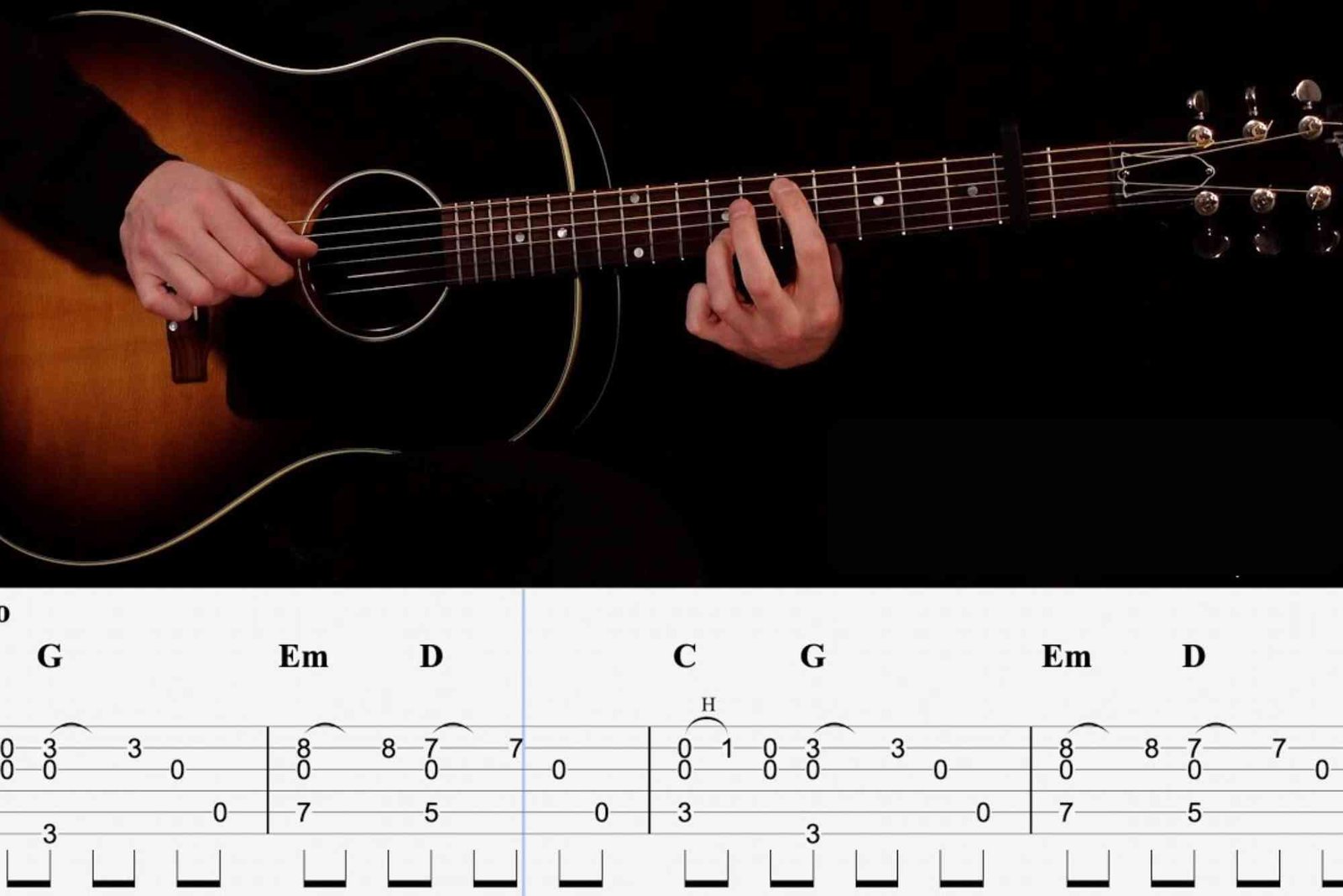Introduction
Understanding how many spare parts in a bike is essential for every motorcycle owner. Whether you’re a casual rider or a mechanic, knowing your bike’s structure helps in proper maintenance, quick repairs, and better performance. A motorcycle is a masterpiece of engineering, made up of hundreds of interconnected components working in harmony.
From the engine and frame to the smallest nuts and bolts, every part plays a vital role. Let’s explore the key components, how they function, and why understanding them can save you time, money, and effort.
The Basics: How Many Spare Parts In A Bike
A typical motorcycle contains between 200 to 800 individual parts, depending on the model, engine size, and type. Simpler bikes like scooters or commuters may have fewer components, while high-performance or racing bikes include more complex systems.
Each part serves a purpose — some ensure movement, others provide safety or enhance comfort. By familiarizing yourself with these major sections, you gain confidence in identifying issues and maintaining your bike effectively.
Major Categories of Bike Spare Parts
Understanding how many spare parts in a bike begins with recognizing its core systems. These include the engine, transmission, braking, suspension, electrical, and body components.
Engine Components
The engine is the heart of your motorcycle. It converts fuel into motion through combustion. Core engine parts include the cylinder, piston, crankshaft, camshaft, valves, spark plug, and carburetor or fuel injector.
Each element contributes to efficiency and power. A malfunctioning piston or blocked carburetor can drastically affect performance. Regular maintenance like oil changes and spark plug replacement keeps these parts in top condition.
Transmission System
This system transfers power from the engine to the rear wheel. It includes the clutch, gearbox, chain, and sprockets. Manual bikes have multiple gears, while automatic ones use a continuously variable transmission (CVT).
Checking your chain tension and lubricating it regularly ensures smoother rides and longer part life.
Braking System
Safety begins with reliable brakes. The braking system typically includes discs, pads, calipers, master cylinders, and brake fluid. Whether you ride with disc or drum brakes, maintaining them is crucial.
Inspecting pads and replacing them when worn prevents accidents and ensures efficient braking performance.
Suspension System
The suspension absorbs shocks from uneven roads, keeping your ride comfortable and stable. It includes front forks, rear shocks, swingarms, and bearings.
Worn-out suspension parts can lead to imbalance or vibration. Regular checks ensure smooth handling and safer control.
Electrical Components
Modern motorcycles rely heavily on electrical parts. The battery, alternator, headlight, indicators, ignition switch, and wiring form the bike’s electrical backbone.
If your bike doesn’t start or the lights flicker, it’s likely an electrical fault. Keeping connections tight and battery terminals clean helps avoid such issues.
Frame and Body Parts
The frame is the bike’s skeleton, holding all components together. It includes the chassis, fuel tank, seat, mudguards, and fairings.
While these may not directly affect performance, damaged body parts can compromise comfort, style, and aerodynamics.
Commonly Replaced Bike Spare Parts
When you think about how many spare parts in a bike, some require more frequent replacement due to wear and tear. These include tires, brake pads, filters, chains, and cables.
Regularly inspecting and replacing these consumables extends your bike’s lifespan. Tires should be replaced when tread depth decreases, while oil and air filters should be changed as per manufacturer recommendations.
Even small components like gaskets, bulbs, and mirrors contribute to overall performance and safety.
Why Knowing Your Bike Parts Matters
Understanding how many spare parts in a bike offers several advantages beyond curiosity. It empowers you to diagnose problems faster, communicate effectively with mechanics, and even perform simple DIY repairs.
Being aware of part names and functions also prevents overcharging during servicing. You’ll know exactly what you’re paying for and why certain replacements are necessary.
Moreover, it encourages responsible ownership — you’ll ride safer, maintain your bike better, and ensure it remains reliable for years.
Where To Buy Reliable Bike Spare Parts
Finding genuine parts can be challenging, but knowing trusted sources simplifies the process. Always choose authorized dealers, reputed online platforms, or direct manufacturer outlets.
Counterfeit parts may seem affordable, but they can harm your motorcycle’s performance or safety. Verify authenticity, look for serial numbers, and prefer OEM (Original Equipment Manufacturer) components.
If you’re unsure, explore How Many Spare Parts In A Bike on Gentle Lakes for practical guides and product comparisons. Their Related Automobile article also highlights how attention to detail, even in unexpected areas, can enhance your daily choices — whether in vehicles or lifestyle.
For additional references or technical specs, you can find More details through reliable databases and online communities.
Maintenance Tips for Longevity
A well-maintained motorcycle lasts longer and performs better. Here are some essential tips to protect your spare parts:
- Regular servicing: Follow your manufacturer’s schedule for oil changes, brake checks, and tuning.
- Clean frequently: Dust and grime can corrode metal parts and reduce efficiency.
- Use quality lubricants: Proper lubrication minimizes friction and prevents rust.
- Store properly: Keep your bike in a covered area to avoid weather damage.
Consistent care prevents costly repairs and extends the lifespan of critical components.
Modern Bikes: More Parts, More Technology
With advancements in technology, newer bikes include more complex parts like ABS sensors, fuel injectors, ride-by-wire throttles, and electronic control units (ECUs). These enhance safety and efficiency but also require specialized servicing.
While older models may have 200–300 key parts, modern motorcycles can exceed 600, including intricate electrical and digital systems. Understanding how many spare parts in a bike today requires recognizing this evolution in design and function.
Cost Considerations: OEM vs Aftermarket
When replacing parts, you’ll encounter two choices — OEM and aftermarket. OEM parts are made by the manufacturer, ensuring perfect fit and performance. Aftermarket options may be cheaper but vary in quality.
Always weigh your options based on budget, compatibility, and long-term reliability. In most cases, OEM parts are worth the investment for consistent results.
Environmental Impact of Bike Spare Parts
Every spare part has an environmental footprint. Old or damaged components often end up as waste. Recycling metal parts, using eco-friendly lubricants, and maintaining your bike efficiently reduces carbon impact.
Opt for quality materials and sustainable practices whenever possible. Responsible biking not only benefits your ride but also the planet.
Expert Insights: How Many Spare Parts In A Bike
Experts agree that even though a motorcycle may seem simple, it’s a highly engineered system. Each part, no matter how small, contributes to performance and safety.
From the spark plug igniting combustion to the brake pad stopping motion, every piece is interconnected. Missing or malfunctioning parts can compromise the entire system.
Thus, knowing how many spare parts in a bike is not about memorizing numbers — it’s about understanding relationships between systems and their maintenance.
FAQs About Bike Spare Parts
Q1: How many spare parts are there in a standard bike?
Most motorcycles contain between 200 to 800 parts, depending on model complexity and features.
Q2: Which bike part wears out fastest?
Tires, brake pads, and chains experience the most wear due to friction and regular use.
Q3: How can I tell if a spare part is genuine?
Check the manufacturer’s logo, part number, and holographic seal. Purchase only from authorized dealers.
Q4: Is it safe to buy second-hand spare parts?
Used parts can be cost-effective but should be inspected for wear, cracks, and compatibility before use.
Q5: How often should I replace bike filters?
Air and oil filters typically need replacement every 3,000 to 5,000 kilometers, depending on riding conditions.
Understanding how many spare parts in a bike gives you a clearer picture of how your motorcycle functions. From engine components to electrical systems, every piece plays a part in performance and safety.
Regular maintenance, authentic replacements, and proper care ensure your bike remains smooth and efficient for years. If you’re passionate about keeping your motorcycle in top shape, visit How Many Spare Parts In A Bike for expert guidance.








